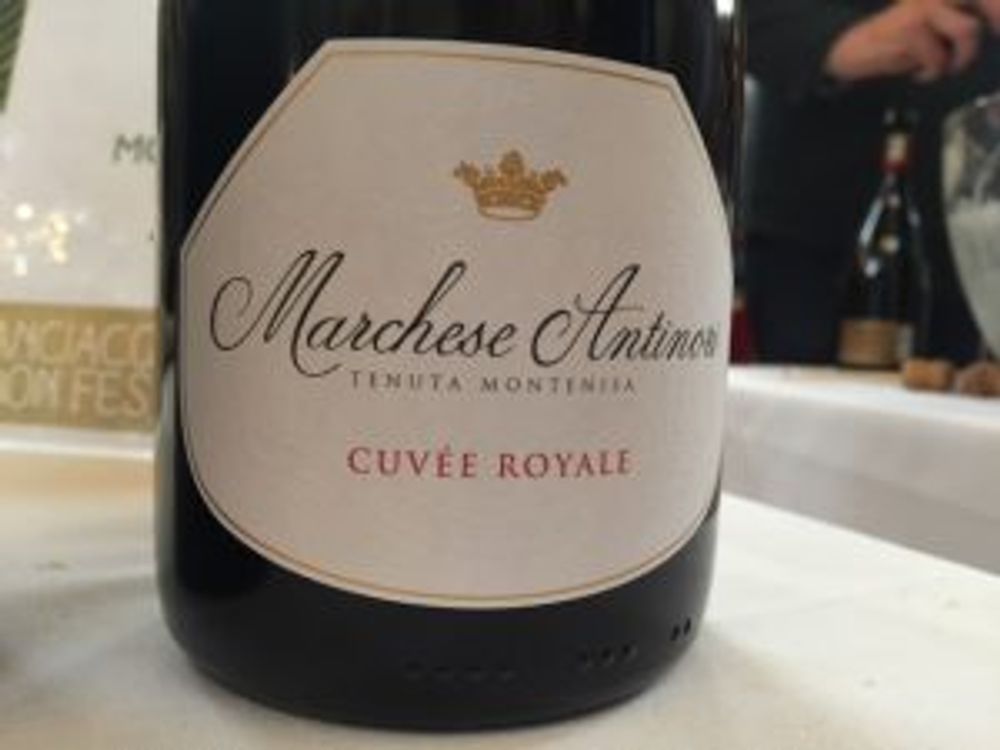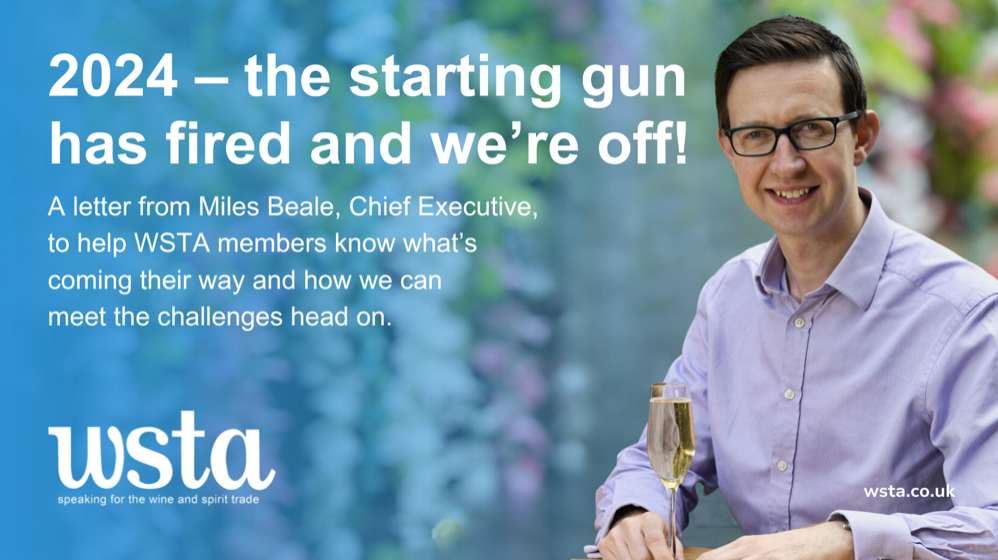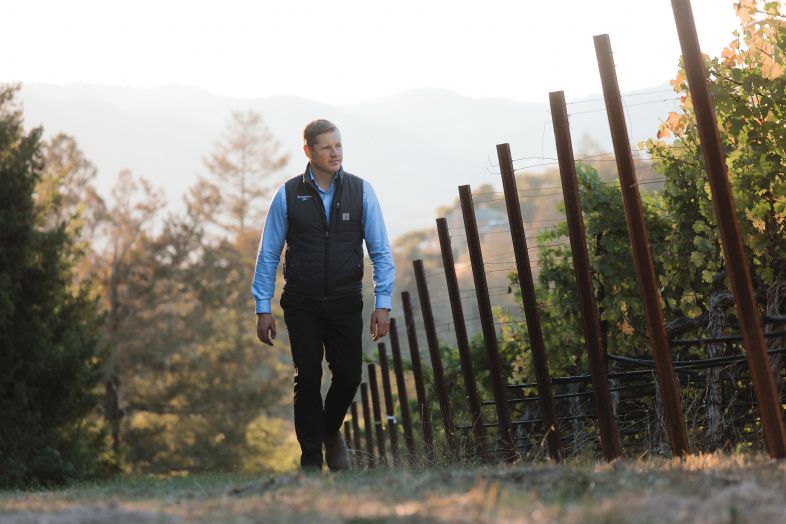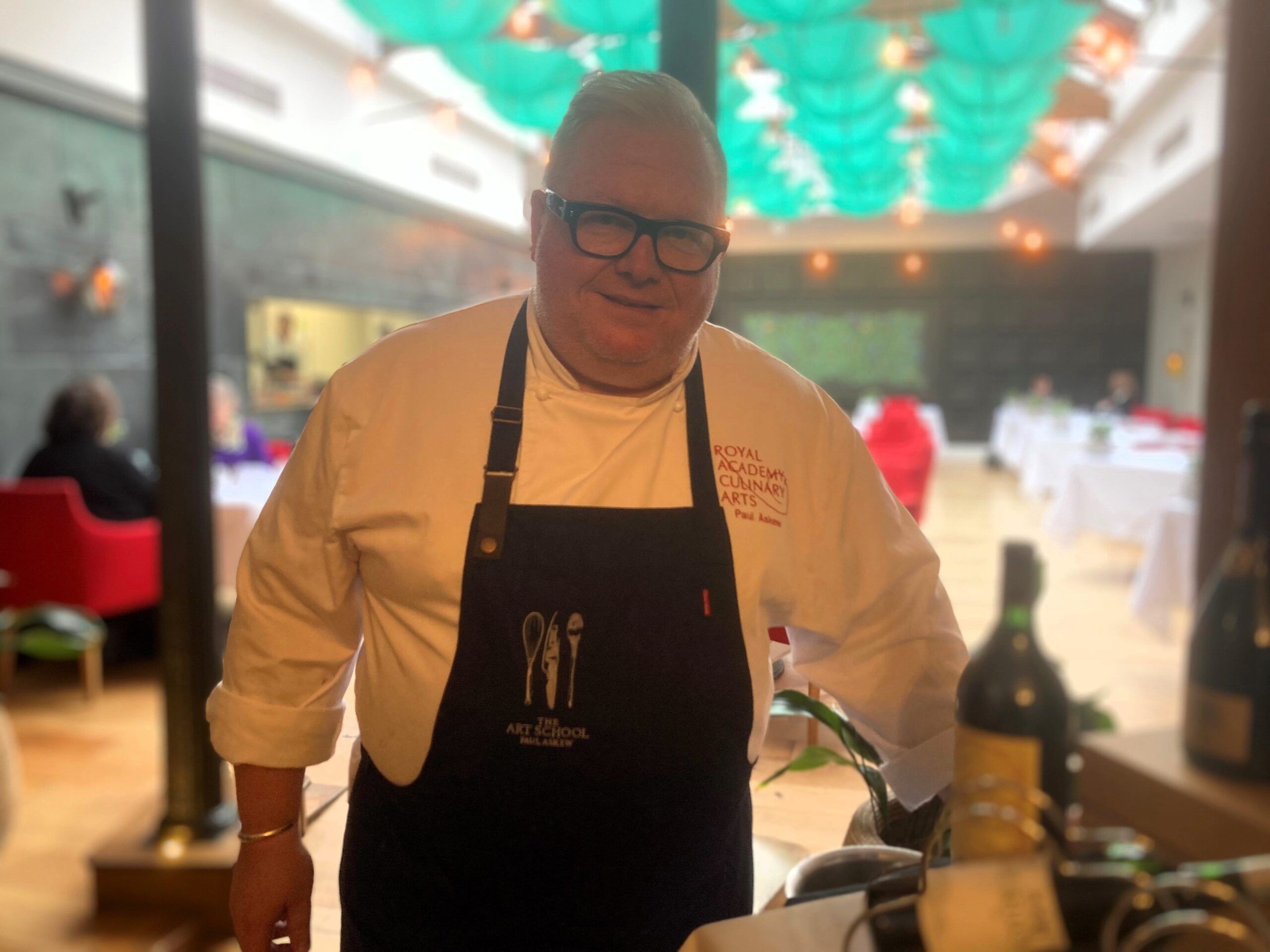Five need-to-know things about Franciacorta, including why it’s perfect for the UK on-trade, plus five examples of wines you need to try.
When it comes to Italian sparkling wine nothing can touch Prosecco in terms of ubiquity and volume, but there’s a whole world of exciting and original sparkling wines and styles coming from Italy, including Franciacorta.
Last month the Franciacorta Union hosted the Franciacorta London Festival – which included a press and trade tasting – that showcased this traditional-method sparkling wine in all its glory.
Hailing from Lombardy in northern Italy, the Franciacorta region borders Lake Iseo and is a stone’s throw from bustling and trendy Milan. In Milan it is the sparkling wine of choice, and producers and importers are hoping that it will catch on in the UK (especially with the on-trade) as a classier and stylistically different alternative to Prosecco.

It’s more like Champagne in terms of style – due to its production method and permitted grapes (Chardonnay, Pinot Noir and Pinot Bianco) – but a lot of Franciacorta is from a named vintage, although non-vintage wines are popular.
The tasting itself was eye-opening on many levels, with some outstanding wines on show and a number of interested and interesting winemakers on hand to tell their stories. Here’s a snapshot of what we learnt, plus five top picks…
- There are many styles of Franciacorta
Five in fact. The style is stated on the label and gives consumers an idea of what to expect from each wine. Currently the trendiest style is ‘Satèn’, often compared to blanc-de-blanc Champagne. Here’s a look at all the categories.
Franciacorta
Made from a blend of Chardonnay, Pinot Nero, Pinot Bianco (maximum 50%) and Erbamat (maximum 10%), this can be bone dry with no dosage, sweet or anything in-between. Wine must spend at least 18 months of ageing on the lees and cannot be released until 25 months after the harvest.
Satèn
A blanc-de-blanc essentially made from Chardonnay and Pinot Blanc (maximum of 50%). Often 100% Chardonnay. Can only be produced in the Brut style with up to 12 g/L residual sugar, and has lower pressure than the other styles (<5 bar) giving it a softer mouthfeel.
Franciacorta Rosé
Made from Chardonnay, Pinot Nero, Pinot Bianco (maximum 50%) and Erbamat (maximum 10%), this can be bone dry with no dosage, sweet or anything in-between. Can be 100% Pinot Noir – made as a rosé base wine – or a blend of red and white grapes.
Franciacorta Millesimato
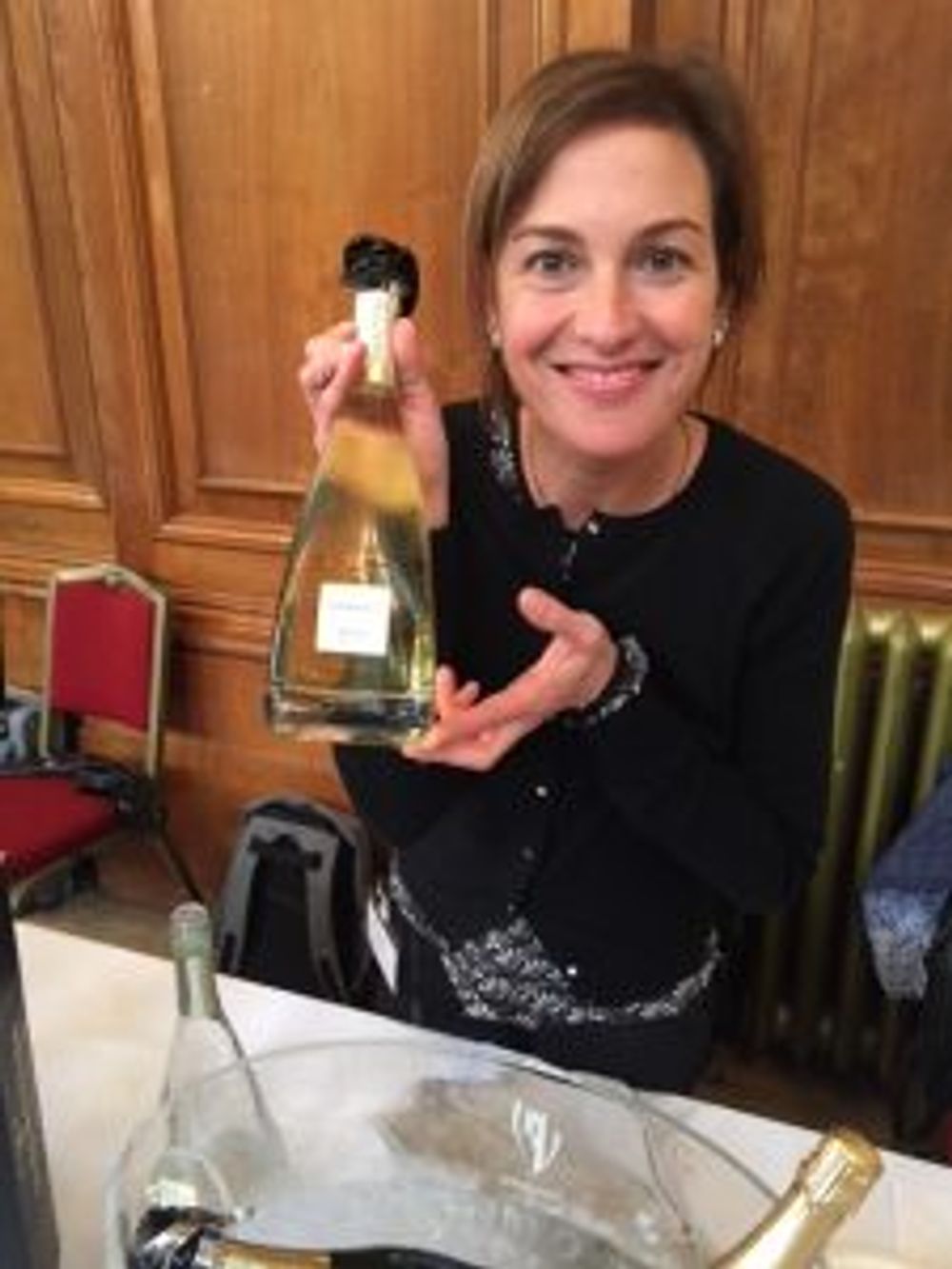
Ferghettina’s Laura Gatti, who makes this Franciacorta Millesimato with her father and brother.
‘Millesimo’ means vintage and indicates single vintage wines where a minimum of 85% of fruit is from the stated year. It can only be sold at least 37 months after the harvest and can be produced in a myriad of styles: no dosage, extra brut, brut, extra dry – except for Satèn Riserva, which is made only in the brut style.
Franciacorta Riserva
Franciacorta Riserva wines must spend at least five and a half years in the bottle before release, much of this time on the lees. It is only made in exceptional years and can be produced with various levels of sugar added at the dosage stage: no dosage, extra brut, brut, extra dry – except for Satèn Riserva, which is made only in the brut style.
- Disgorgement dates must be printed on the label
Part of the DOGC rules for Franciacorta state that producers must include the disgorgement date on the label. This detail is important as it lets sommeliers and consumers know how long the wine has spent in bottle post-disgorgement, important when assessing if it’s in its prime or needs a little longer to get over the trauma of disgorgement.
- The Franciacorta Union knows how to throw a tasting
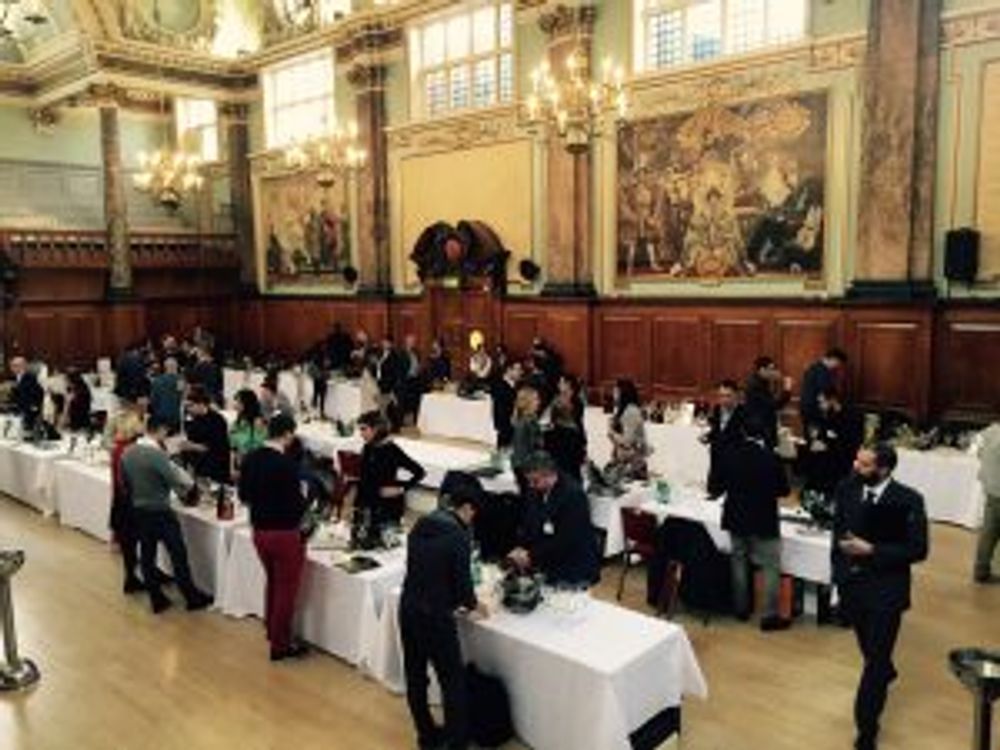
Simple and effective: the Franciacorta London Festival
I’ve been quite critical this year of a few of the generic tastings I’ve attended, but this one was brilliantly executed. The room was split into two flanks; on the left producers who have UK importers, to the right those seeking representation. A seemingly small thing, but it really helps trade visitors to navigate the room.
Secondly, each producer was only allowed to show two wines, so not only did they have to think hard about what they showed but you didn’t have to plough through too many wines to get to the good stuff.
- Franciacorta is an amazing match for cheese
There’s a lot to be said for a little taster of food doing the rounds at wine tastings. Something other than a water biscuit is very welcome during a palate-testing session of slurping and spitting, especially when high-acid sparkling wines are concerned.
It was a joy, then, to discover a huge wheel of parmesan at the end of the room with a number of tiny cheese knives all lined up and ready to be put to work. Not only did the salty, tangy, umami of the parmesan taste bloody good in its own right but it was also a great match to the wines. One to remember.
- Franciacorta is the perfect fit for the UK on-trade
Speaking to producers and importers there’s a real sense of excitement about the potential of Franciacorta to succeed in the UK restaurant sector.
Niall Fogarty from Vintage Roots is thrilled that Franciacorta is appearing on more and more wine lists as buyers and consumers are keen to explore Italian sparkling wine beyond Prosecco. What Prosecco has done, he says, is work as a gateway for other Italian fizzes, and Franciacorta – due to its similarity to Champagne – is in the box seat to succeed. Across the tasting the standard was incredibly high, the presentation was equally high, and there’s clearly a plan to get these wines in front of all the right people. Watch this space, I’d say.
Five Fab Franciacortas
Antica Fratta, Franciacorta Essence Rosé 2011 (Oliveto & Olivo)
Pale pink, almost like a white wine in colour, but with a hint of red fruit. Lovely, delicate fizz and an abundance of fruit on the palate; pear, grapefruit, raspberry. Very classy.
Barone Pizzini, Franciacorta Animante Brut NV (Vintage Roots)
This was the first ever organic Franciacorta, and it’s a delicious, beautifully-poised wine. A little rustic in style, there’s stone fruit, lively acidity and a full, yeasty finish.
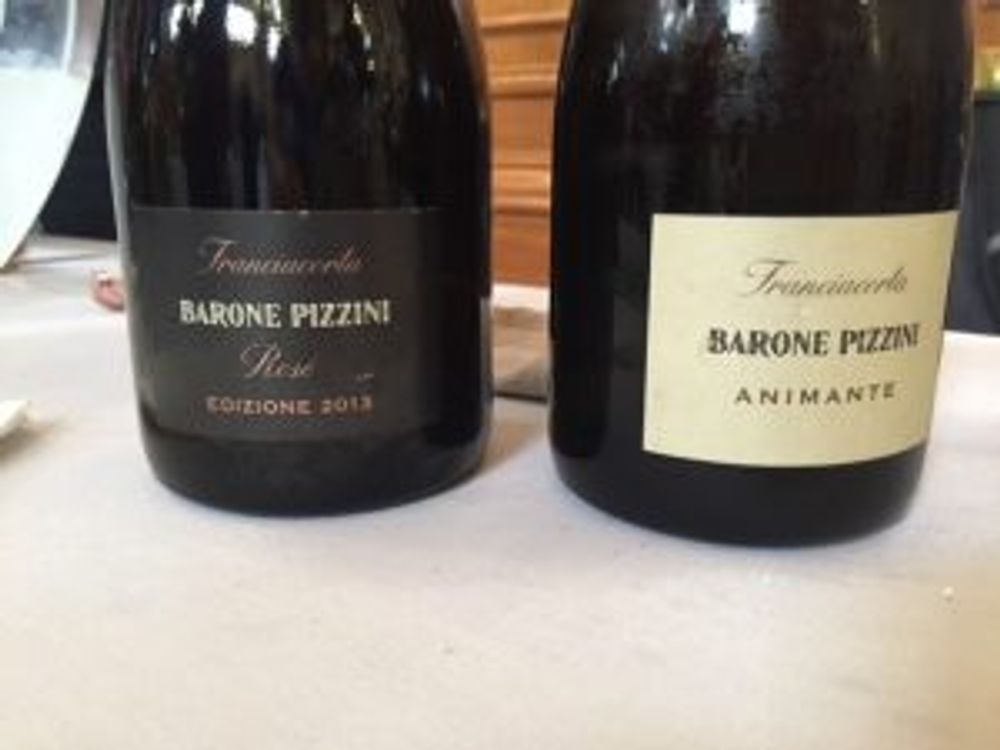
Ca; Del Bosco Franciacorta Vintage Collection Brut 2012 (FortyFive10°)
Nutty and ample, this is a serious wine and would work with all manner of foods. It’s developed yet restrained; there’s muted fruit and a delicate spritzy acidity, all beneath a blanket of bready, autolytic notes.
Ferghettina Franciacorta Milledi 2013 (Boutinot)
This 100% Chardonnay could be a blanc-de-blanc Champagne; it’s clean and bold with perfect harmony between bottle-age characters, green fruit and fresh acidity.
Marchesi Antinori Franciacorta Satèn Donna Cora 2011 (Berkmann)
Some barrel age (20% has spent time in oak) adds an extra layer of complexity to this bright vintage Franciacorta. Its freshness and punch belies its age and there’s delicious sweetness of fruit too. Perfect with the parmesan.
